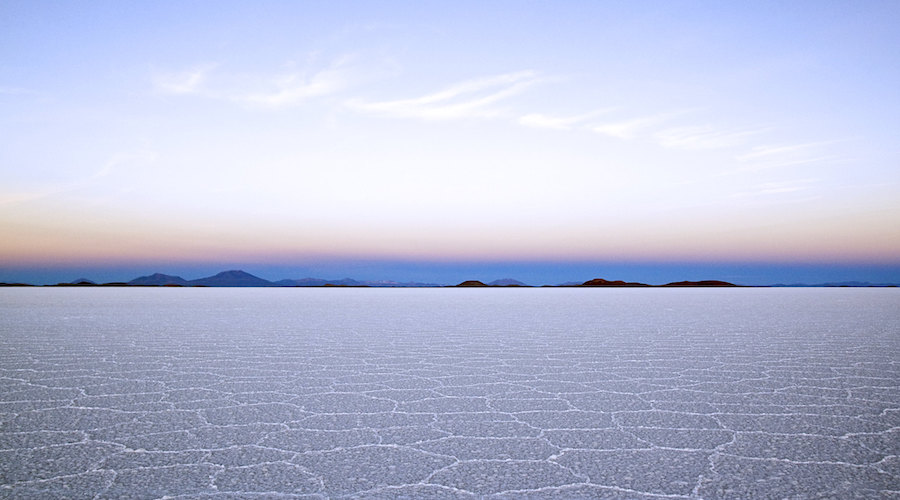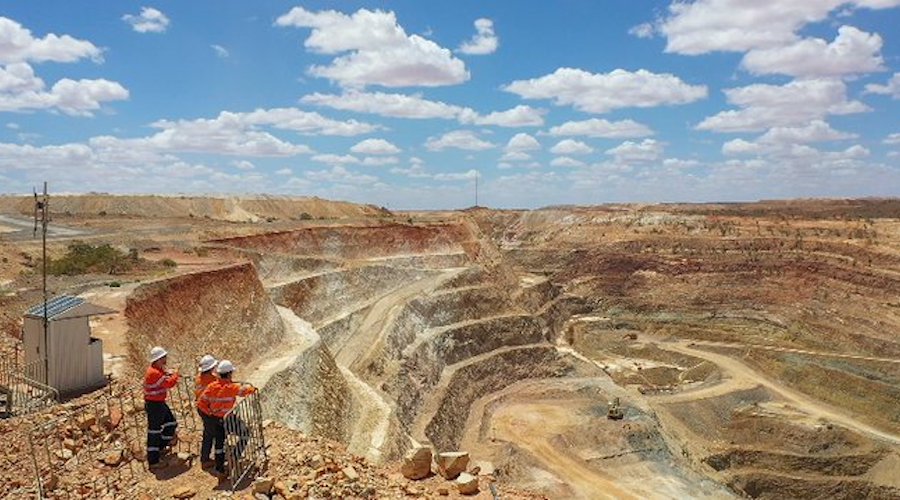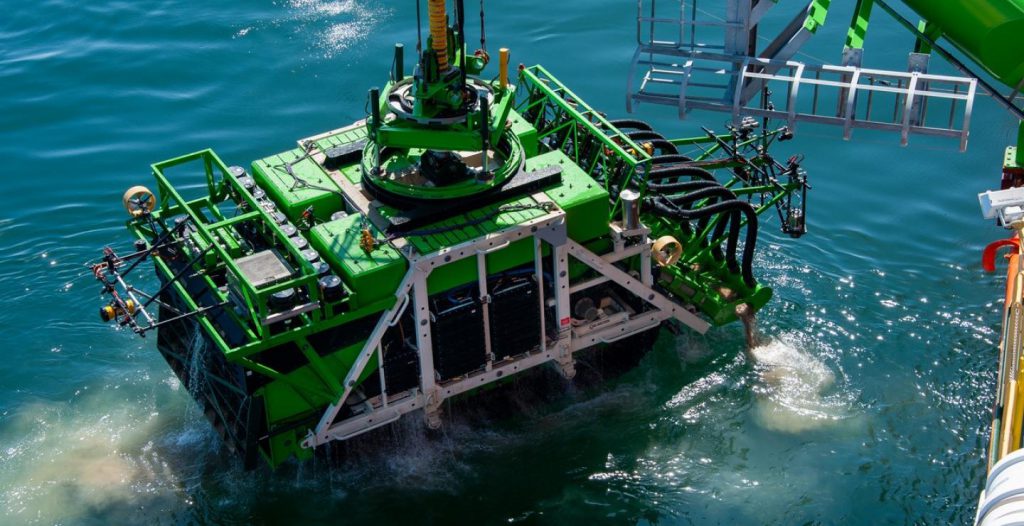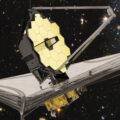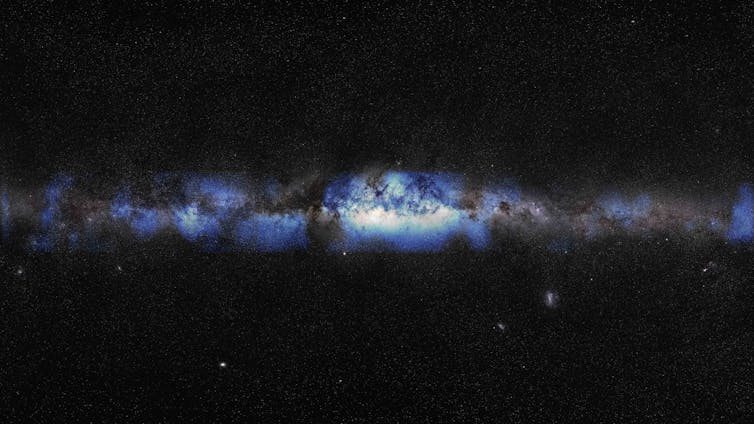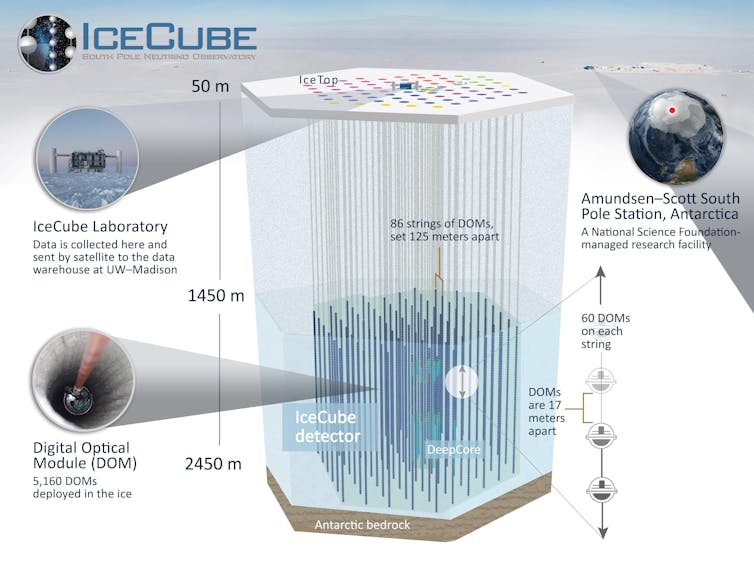NASA sees moon lunar mining trial within the next decade
The first customers are expected to be commercial rocket companies who could use the moon's resources for fuel or oxygen.
June 28, 2023 12:18 pm | Updated 07:51 pm IST - BRISBANE
NASA is looking to develop resources on the moon that initially include oxygen and water, and eventually may expand to iron and rare earths, and has already taken steps toward excavating moon soil in 2032, a scientist said on Wednesday.
The U.S. space agency plans to return Americans to the moon as part of its Artemis mission, including the first woman and person of colour by 2025,
and to learn from the mission to facilitate a trip to Mars.
A key part of the mission is advancing commercial opportunities in space. The agency is looking to quantify potential resources, including energy, water and lunar soil, as a goal to attract commercial investment, said Gerald Sanders, a rocket scientist at NASA's Johnston Space Centre for 35 years.
Developing access to resources on the moon will be key to cutting costs and developing a circular economy, Mr. Sanders said.
"We are trying to invest in the exploration phase, understand the resources... to (lower) risk such that external investment makes sense that could lead to development and production," he told a mining conference in Brisbane.
"We are literally just scratching the surface," he said. NASA will at the end of the month send a test drill rig to the moon and plans a larger-scale excavation of moon soil, or regolith, and a pilot processing plant in 2032.
The first customers are expected to be commercial rocket companies who could use the moon's resources for fuel or oxygen.
The Australian Space Agency is involved in developing a semi-autonomous rover that will take regolith samples on a NASA mission as early as 2026, said Samuel Webster, an assistant director at the agency.
The rover will demonstrate the collection of lunar soil that contains oxygen in the form of oxides.
Using separate equipment sent to the moon with the rover, NASA will aim to extract that oxygen, he said.
"This ... is a key step towards establishing a sustainable human presence on the moon, as well (as) supporting future missions to Mars," he said at the conference.

